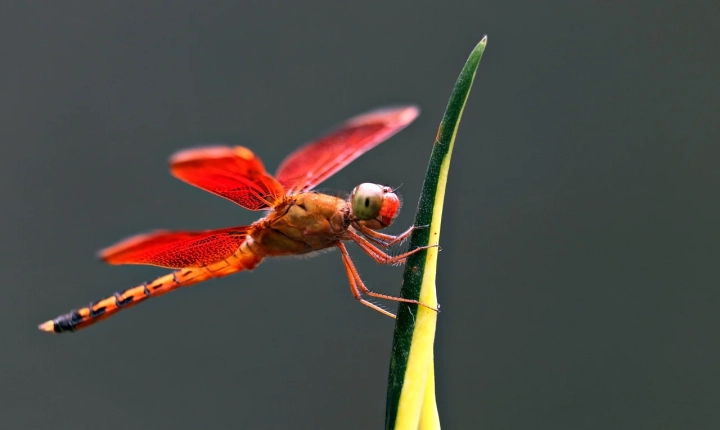Title: Mastering Smart Objects in Photoshop: A Step-by-Step Guide for AI Files
Photoshop’s smart objects are a powerful feature that allows designers to work with non-destructive elements, preserving the original artwork and maintaining its quality. When it comes to AI files in Photoshop, smart objects offer a seamless way to integrate Adobe Illustrator artwork into your designs. In this guide, we’ll explore how to effectively utilize smart objects with AI files in Photoshop.
Understanding Smart Objects
Before we dive into working with AI files, let’s first understand the basics of smart objects. Smart objects are layers in Photoshop that contain raster or vector image data and can be transformed, edited, and manipulated without losing their original quality. This makes them ideal for retaining the integrity of complex artwork, such as AI files created in Adobe Illustrator.
Importing AI Files as Smart Objects
To import an AI file as a smart object in Photoshop, simply go to File > Place Embedded and select your AI file. Photoshop will import the AI file as a smart object layer, indicated by a small icon in the bottom-right corner of the layer thumbnail. By using smart objects, you can easily scale, rotate, and transform the AI artwork without any loss of quality.
Editing AI Smart Objects
One of the major advantages of using smart objects is the ability to edit the content of the object without permanently altering the original AI file. To edit the contents of a smart object, double-click on the smart object layer in the Layers panel. This will open the embedded AI file in Adobe Illustrator, allowing you to make changes to the original artwork. Once you save and close the AI file, the smart object in Photoshop will update with the edited content.
Applying Filters and Effects
Smart objects also allow you to apply Photoshop filters and effects to your AI artwork without destructively altering the original file. You can experiment with various filters and effects to enhance or stylize the AI content, and if you’re not satisfied with the result, you can always modify or remove the effects without compromising the original quality.
Working with Linked Smart Objects
In addition to embedded smart objects, Photoshop also allows for linked smart objects. Linked smart objects establish a connection between the original AI file and the Photoshop document, ensuring that any updates made to the AI file are automatically reflected in Photoshop. To create a linked smart object, go to File > Place Linked and select the AI file. Any changes made to the source AI file will be reflected in Photoshop when you update the linked smart object.
Benefits of Using AI Files as Smart Objects
By utilizing AI files as smart objects in Photoshop, designers can enjoy several benefits. Smart objects offer non-destructive editing, maintain the original quality of the artwork, allow for seamless integration of AI files, and facilitate easy collaboration and version control, especially when using linked smart objects.
In conclusion, mastering smart objects in Photoshop for AI files can significantly enhance your design workflow. Whether you are importing complex vector artwork, creating flexible designs, or collaborating with other designers, smart objects provide a powerful and versatile solution. By following the steps outlined in this guide, you can confidently incorporate AI files as smart objects in your Photoshop projects, unlocking the full potential of your designs.
